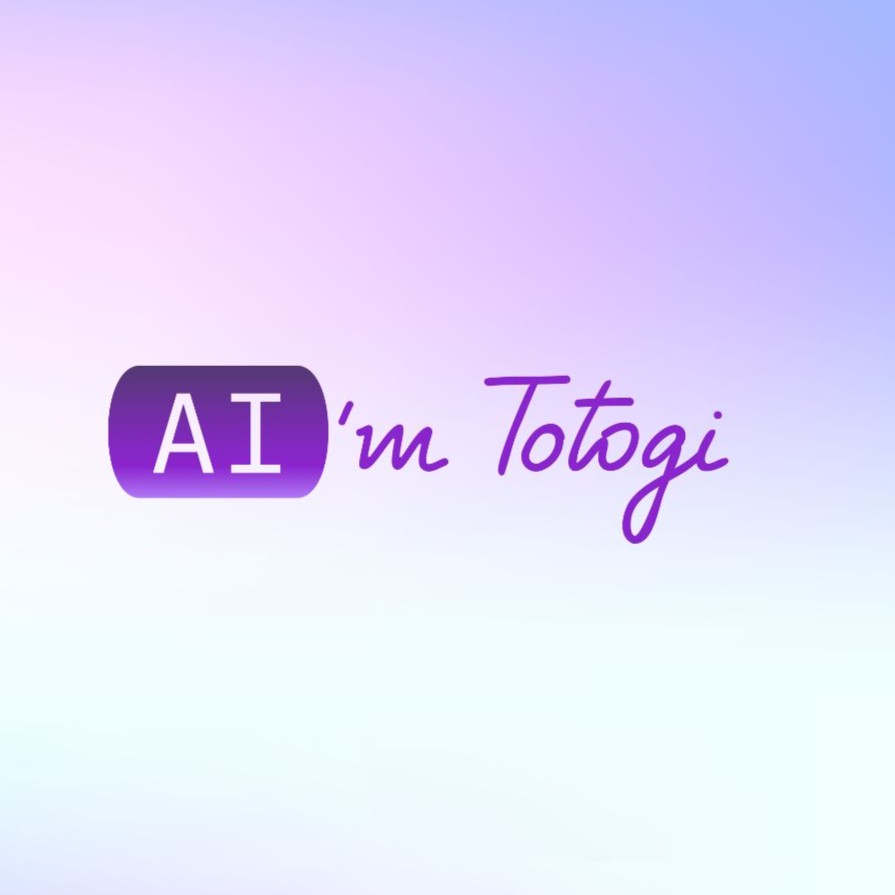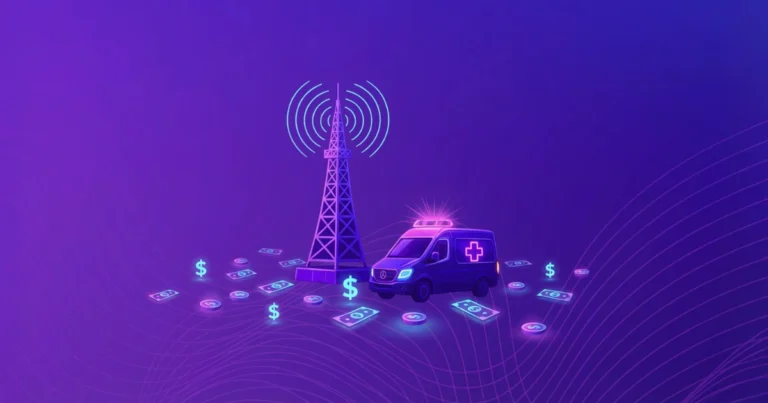The intricate web of Business Support Systems
In my previous blog, I examined how AI agents are set to transform telecom, drive innovation and facilitate growth. These intelligent, autonomous solutions promise efficiency, agility, and significant improvements across business processes. However, achieving their full potential requires overcoming some deep-rooted challenges endemic to the telecom industry.
Telecom operators today operate within an intricate web of Business Support Systems (BSS), often built and customized over decades. In fact, a typical stack of a mid-sized mobile carrier may include hundreds of different BSS applications sourced from numerous vendors. These systems were originally developed to address specific needs or functionalities in isolation, each with their own proprietary formats, terminologies, and integration protocols. The resulting landscape is highly fragmented, causing widespread inefficiencies, increased operational complexities, and escalating maintenance costs.
Operators frequently find themselves locked into rigid vendor ecosystems, forced to manage integrations that are complex, costly, and slow to implement. Each system update or integration initiative requires extensive resources, specialized expertise, and lengthy timelines, exacerbating vendor lock-in and limiting the agility necessary to adapt to rapid market changes and technological advancements.
This intricate web of legacy systems and vendor-specific frameworks creates significant barriers for the successful adoption of transformative solutions or technologies such as agentic AI. To navigate this complexity, telecom operators need a robust, shared language that can bridge these isolated systems. This is precisely where ontologies become essential. By providing a clear, comprehensive semantic framework, ontologies enable operators to untangle the intricate web, facilitating seamless interoperability and paving the way for the transformative potential of AI-driven automation and innovation in telecom operations. Understanding ontologies—and specifically why a telecom-focused ontology is crucial—is what this blog post will explore.
What are ontologies?
Ontologies are structured semantic frameworks that define and interconnect data, concepts, and their meanings within a specific domain. At their essence, ontologies go beyond merely classifying information – it understands it; they articulate the relationships and contexts necessary for systems and processes to fully interpret and act on data. This deep semantic understanding differentiates ontologies from simpler data organizational methods like taxonomies and schemas.
Taxonomies provide basic hierarchical structures to classify data, organizing it into clear but relatively superficial categories. Schemas, meanwhile, focus primarily on data formats and structural organization, defining how information is stored and accessed. Ontologies enhance these approaches significantly by capturing the relationships and nuanced meanings that underpin data points, enabling systems to not just access data, but genuinely understand and utilize it effectively.
In telecom, the application of ontologies is transformative. The diverse systems, multiple vendors, and varied business processes characteristic of telecom operations each utilize distinct terminologies, data formats, and integration standards. Without a cohesive framework, interoperability remains elusive, perpetuating inefficiencies and limiting the effectiveness of advanced technologies such as AI.
Through the implementation of a Telco Ontology, a CSP can establish a unified semantic language across its estates. This semantic foundation enables disparate systems and business processes to communicate clearly and effectively, overcoming the fragmentation that currently hampers interoperability. By clarifying the underlying meanings and relationships across systems, the Telco Ontology lays the groundwork necessary for seamless collaboration, robust data exchange, and the full realization of advanced AI-driven automation.
Why is Telco Ontology essential to telco’s future?
Telecom operators typically manage highly fragmented environments, burdened by legacy BSS/OSS systems developed by different vendors over decades. These systems each speak their own language, creating data silos and integration nightmares. The outcome is complexity, high maintenance costs, lengthy integration projects, and slow responsiveness to market demands.TM Forum’s Open Digital Architecture (ODA) and Open APIs initiatives have long promised to address these interoperability issues by establishing standardized, open frameworks and data models. However, vendor adoption of these open standards has been slow, often due to conflicts of interest where vendors benefit financially from maintaining proprietary environments. As a result, true interoperability remains elusive, leaving operators caught in expensive cycles of customization and integration.
The Telco Ontology addresses these persistent interoperability challenges directly by providing semantic clarity and acting as a universal translation layer. It translates and aligns different vendor-specific terminologies, data formats, and business logic into a coherent, universally understood knowledge network. This semantic alignment enables different systems to communicate seamlessly, significantly simplifying integration. In other words, the Telco Ontology is the digital twin of the telco – it is a digital representation of the business, providing the ability to model, modify and apply AI to it. Telco in 20 has a great episode discussing telco ontologies and digital twins – listen here or watch on YouTube:
Furthermore, the Telco Ontology enables telecom operators to decouple their strategic development from vendor lock-in, empowering them to innovate independently of proprietary constraints. By establishing a common semantic foundation, the Telco Ontology facilitates rapid integration and deployment of new technologies, reducing technical debt and accelerating innovation cycles. Ultimately, the Telco Ontology serves as a crucial strategic asset that allows operators to achieve genuine interoperability, agility, and long-term competitive advantage.
What does FAIR have to do with all this?
The FAIR principles—Findable, Accessible, Interoperable, and Reusable—provide best practices that guide how ontologies should be developed and implemented:
- Findable: Ontologies ensure telecom data and concepts can be quickly located, improving agility and response times.
- Accessible: Clearly defined ontologies make critical telecom data easily retrievable and usable by AI systems and human operators alike.
- Interoperable: Ontologies standardize semantics across disparate systems, enabling seamless communication.
- Reusable: A well-designed ontology can be leveraged repeatedly across multiple applications, reducing redundancy and speeding up new developments.
By adhering to FAIR, telecom operators ensure their data and AI efforts are efficient, effective, and positioned for long-term success.
Totogi’s differentiated approach
Totogi AI-driven Telco Ontology specifically designed to tackle the interoperability challenges telecom operators face. Unlike vendor-locked or horizontal agentic-AI solutions, Totogi’s ontology provides a dynamic semantic layer that acts as a universal translator between legacy systems and modern applications.
This approach simplifies integrations, allowing operators to maintain strategic control over their technology stacks and empowering rapid deployment and orchestration of sophisticated AI agents. Whether managing CRM systems, billing platforms, or complex network management solutions, Totogi ensures seamless communication and interaction. Real-world applications have shown substantial improvements, drastically reducing project timelines, minimizing manual effort, and enhancing overall system reliability and interoperability.
Can AI-agents manage without Telco Ontology?
Without a Telco Ontology, AI agents become confined to their vendor’s proprietary ecosystems, severely limiting their potential. Operating within these closed environments restricts the AI agents’ ability to understand and interact seamlessly with other systems, thereby preventing true interoperability. This vendor confinement significantly hampers their effectiveness, agility, and the scope of their autonomous decision-making capabilities.
A Telco Ontology provides an essential semantic layer, explicitly defining telecom-specific concepts, relationships, and workflows that enable AI agents to operate freely across diverse platforms. This structured understanding empowers AI agents to interpret data accurately, make informed decisions, and execute actions independently, confidently, and across multiple vendor environments. Practical examples from Totogi’s BSS Magic vividly demonstrate how our ontology-driven AI agents achieve impressive operational results by breaking free from vendor constraints. Ontology-powered AI agents have significantly accelerated order processing times and facilitated rapid migrations from complex legacy billing systems. These successes underline the practical necessity of Telco Ontology for enabling true end-to-end automation, efficiency, and autonomous capabilities that would otherwise remain unattainable within proprietary vendor silos.
Conclusion and look ahead
Telco Ontology is key in realizing true BSS interoperability and fully leveraging the transformative potential of agentic AI. Agentic-AI solutions hold the promise of empowering telcos to overcome legacy limitations, achieve meaningful interoperability, and harness the agility required for ongoing innovation and competitive advantage. But the path to an AI-driven telecom future clearly depends on the robust implementation of a Telco specific ontology.
Operators who act now to establish these semantic foundations will lead the industry’s evolution, turning complexity into strategic advantage and driving sustainable, innovative growth. Ready to leap forward? Chat with our sales team.





